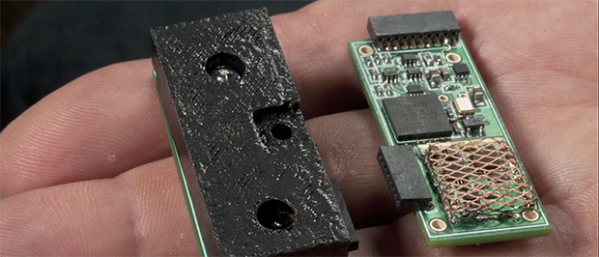In case you haven’t heard, Hackaday put on a little shindig in downtown LA this past Tuesday. It was awesome.
And we had a few very awesome visitors: [Eliot], senior editor of Hackaday for the first five years made a showing, as did former co-editor [Jack Buffington]. Eminent LA-area hackers came out, including [charliex] of Null Space Labs, the guys from Deezmaker, and the long-haired hippie who can be found in a few NASA videos for the Curiosity rover.
Aside from the free drinks and the awesome people, there was some really cool tech on display. The mezzanine of the bar had a laser graffiti rig, and everyone who came received a super collectible NFC card that allowed them to vote on what Hackaday is doing for our next main event (the quadcopter option won but the vote was non-binding so we’ll keep you updated).
On a personal note, this was one of the few times I’ve interacted with Hackaday readers without the use of a keyboard. You guys are awesome. Thanks for coming out, and if you have any pics from the party, post a link to an album in the comments, or share your stories with us on Twitter via #HaDLA, Google+, and/or Facebook.
Pics below. These were taken by [Edward de la Torre]
















